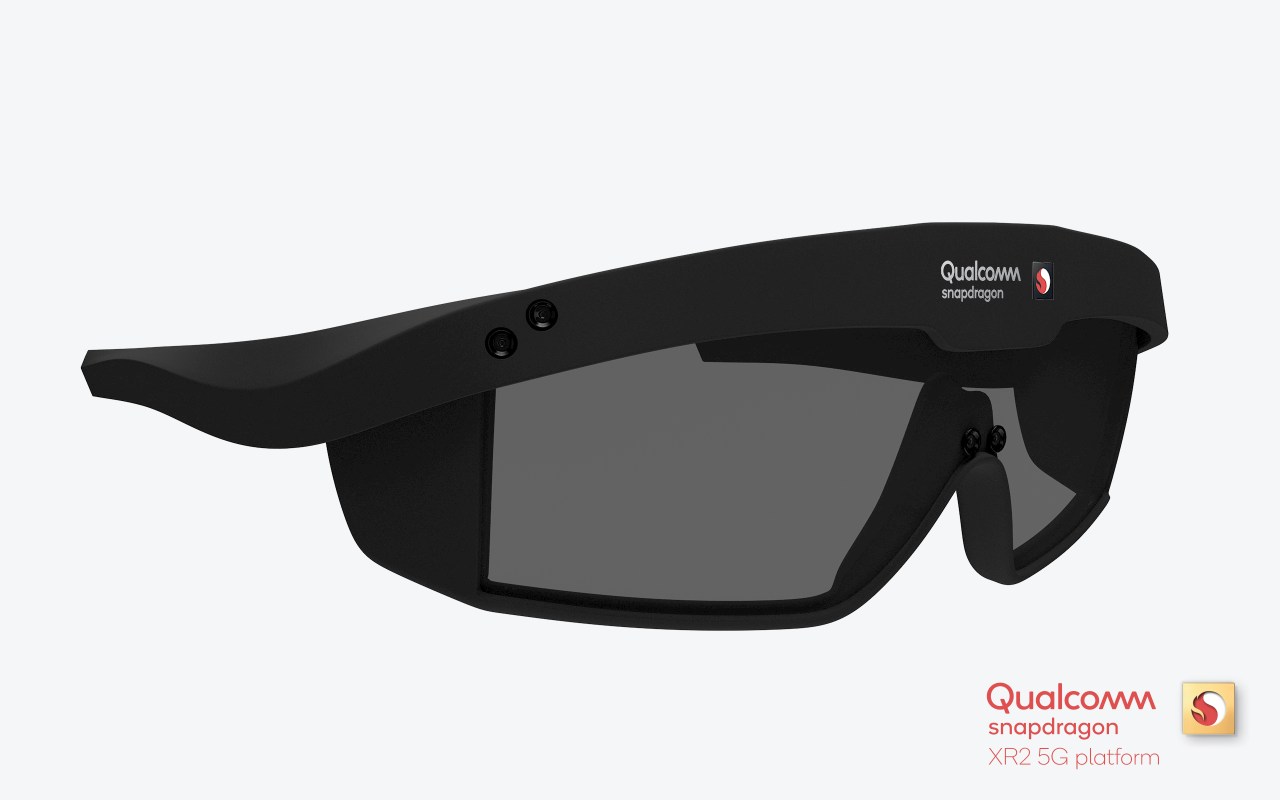In a dazzling showcase at the Snapdragon Boondoggle Summit in the picturesque backdrop of Maui, Hawaii, Qualcomm unveiled its latest technological triumph: the XR2 platform. Touted as the “world’s first 5G-supported extended reality (XR) platform,” XR2 promises to redefine our interaction with augmented reality (AR) and virtual reality (VR) devices, paving the way for unparalleled experiences across various spectrums—from gaming to industrial applications.
Transitioning from XR1 to XR2: What’s Different?
Qualcomm’s initial XR1 platform, which has successfully been integrated into a range of VR and AR devices, isn’t going anywhere. However, the introduction of XR2 symbolizes a significant leap in capability and performance. XR2 is designed for users ready to embrace next-level features that promise more engaging and intuitive experiences.
- Enhanced Camera Support: The XR2 platform can support up to seven cameras. This feature enhances the capability for pass-through HoloLens-style mixed reality experiences, allowing users to seamlessly navigate between the digital and physical worlds.
- Skeletal Hand Tracking: XR2 incorporates advanced 26-point skeletal hand tracking, providing players and users with an immersive level of interaction that was previously unattainable.
- Environmental Mapping: Accurate environmental mapping ensures that AR experiences are grounded in the realities of the user’s environment, significantly enhancing the realism and context of digital overlays.
Performance Metrics that Push Boundaries
With resolutions hitting 3K by 3K at an impressive 90 frames per second and the ability to support 8K 360-degree videos at 60 frames per second, XR2 doesn’t just keep up; it sets a new standard. The platform’s custom silicon design minimizes latency, which is critical for maintaining immersion in AR and VR applications.
5G: The Game Changer for XR
While the excitement around AR and VR peaked around 2014 and 2015 primarily driven by gaming, the narrative has shifted. Qualcomm’s leadership asserts that the true potential of XR is unfolding through diverse enterprise applications. AR and VR are no longer seen as niche technologies but as vital tools transforming industries.
The integration of 5G technology is fundamental to this evolution. “5G is going to be crucial for XR,” stated Hiren Bhinde, Director of Product Management at Qualcomm. With its ability to support high-bandwidth content and low-latency video streaming, 5G opens up a wealth of opportunities for content developers. This high-speed connectivity allows for incredibly immersive experiences that were once merely ambitious concepts.
The Future of XR with Qualcomm
As we look ahead, it is exciting to consider how the XR2 platform will influence various sectors, including healthcare, education, and training. With the right tools and connectivity, enterprises can leverage XR technologies for simulations, remote assistance, and collaborative work, thus enhancing productivity and efficiency.
At fxis.ai, we believe that such advancements are crucial for the future of AI, as they enable more comprehensive and effective solutions. Our team is continually exploring new methodologies to push the envelope in artificial intelligence, ensuring that our clients benefit from the latest technological innovations.
Conclusion: A New Reality Awaits
The launch of Qualcomm’s XR2 platform marks an important milestone in the convergence of AI, next-gen connectivity, and augmented reality. As the boundaries of virtual and augmented experiences continue to blur, XR technology promises to create new ecosystems where creativity and technology coexist harmoniously. For more insights, updates, or to collaborate on AI development projects, stay connected with fxis.ai.

